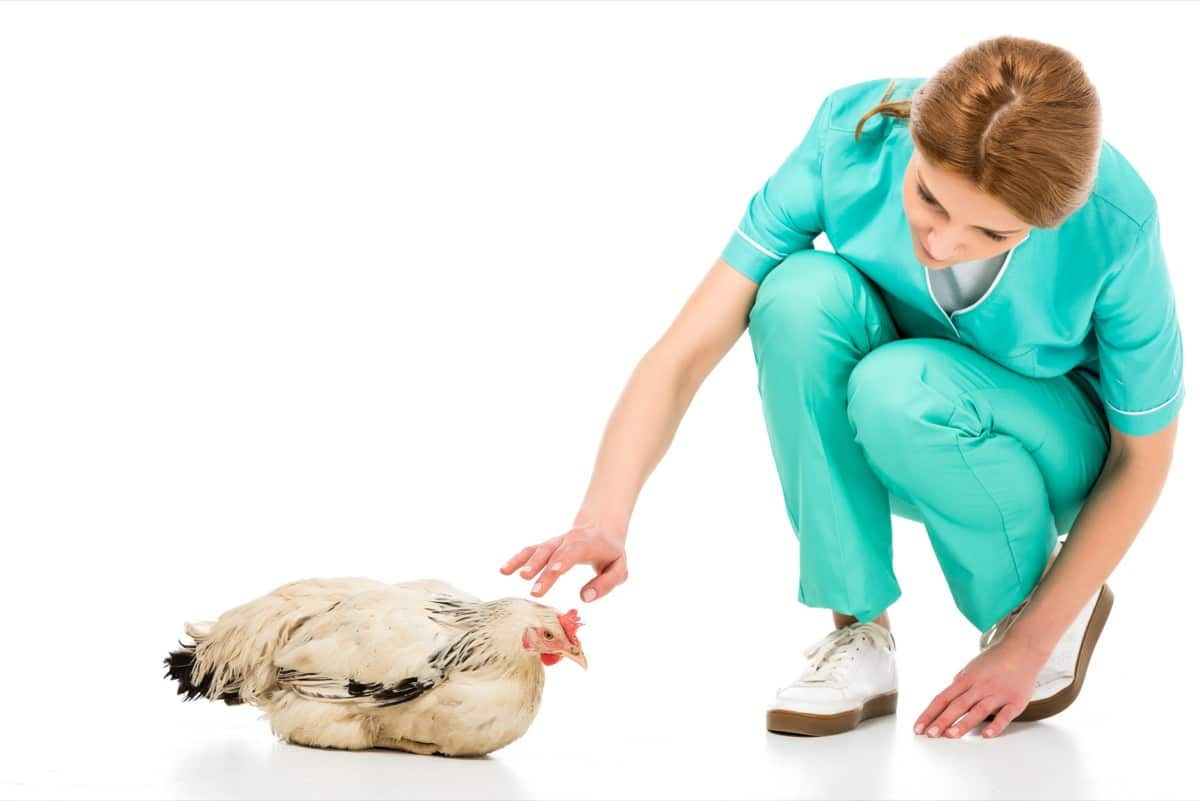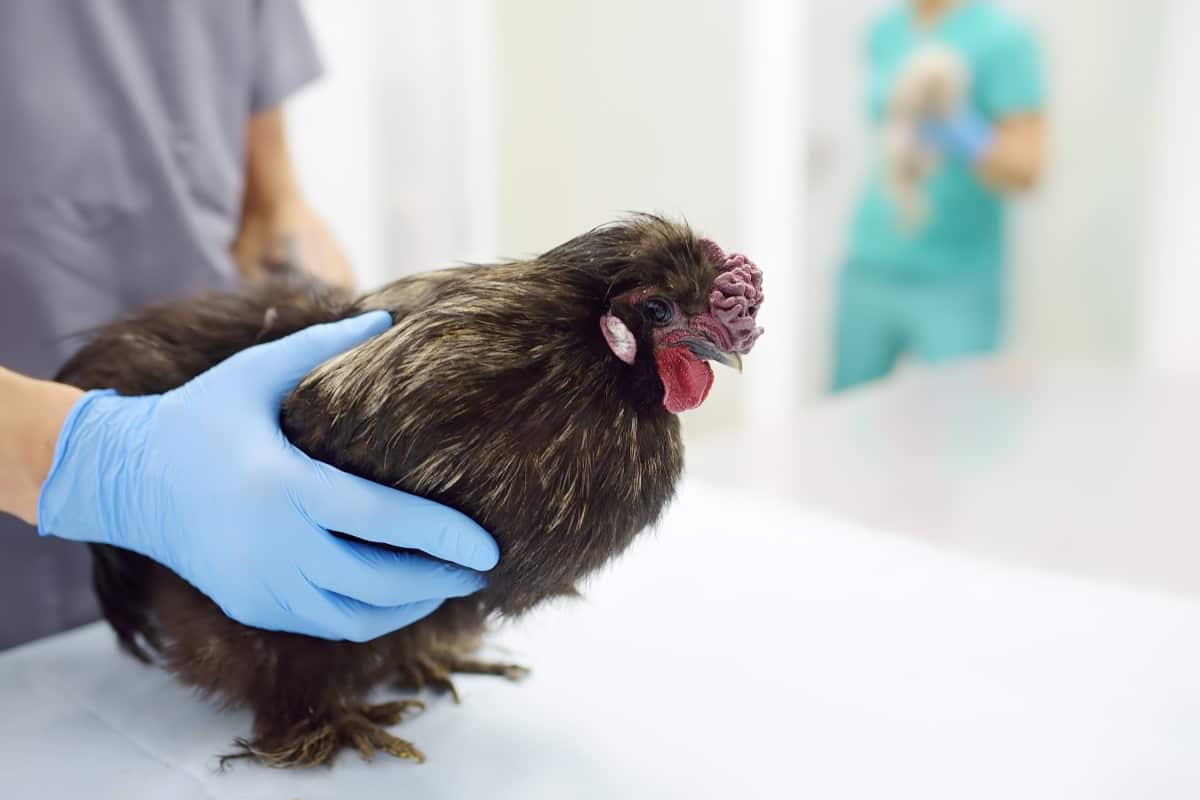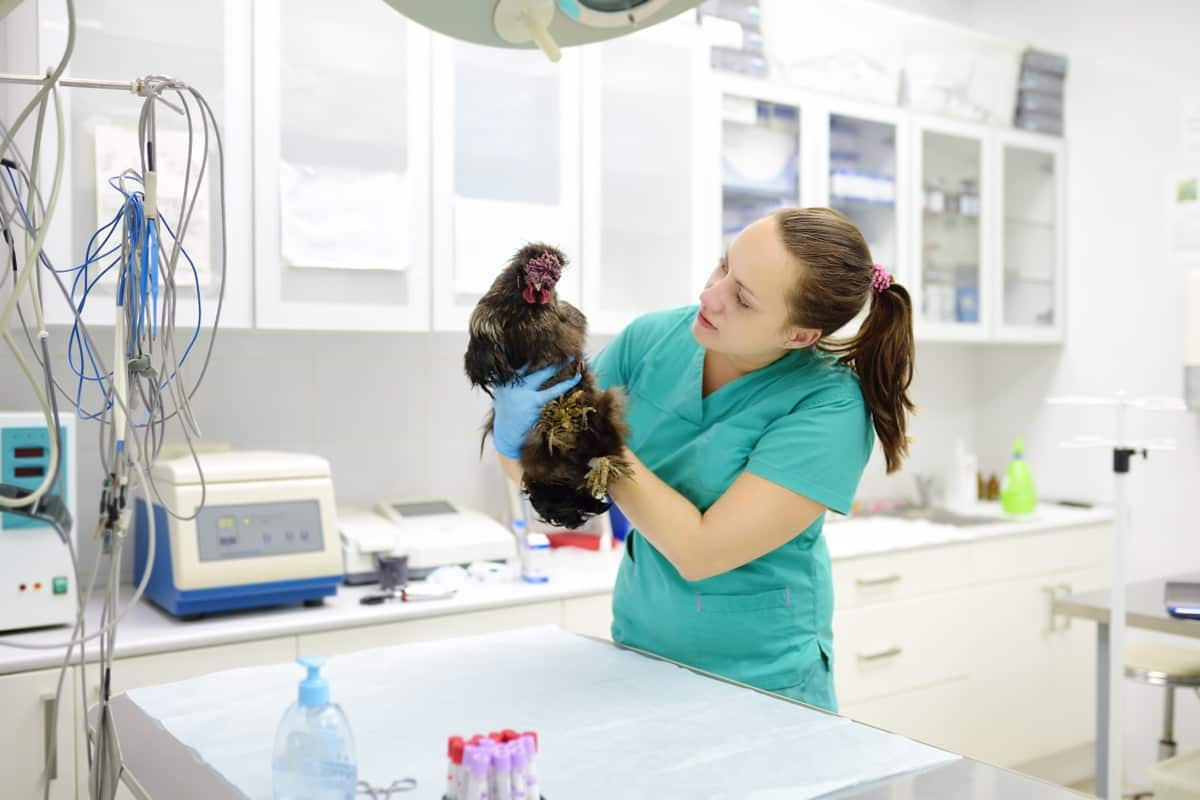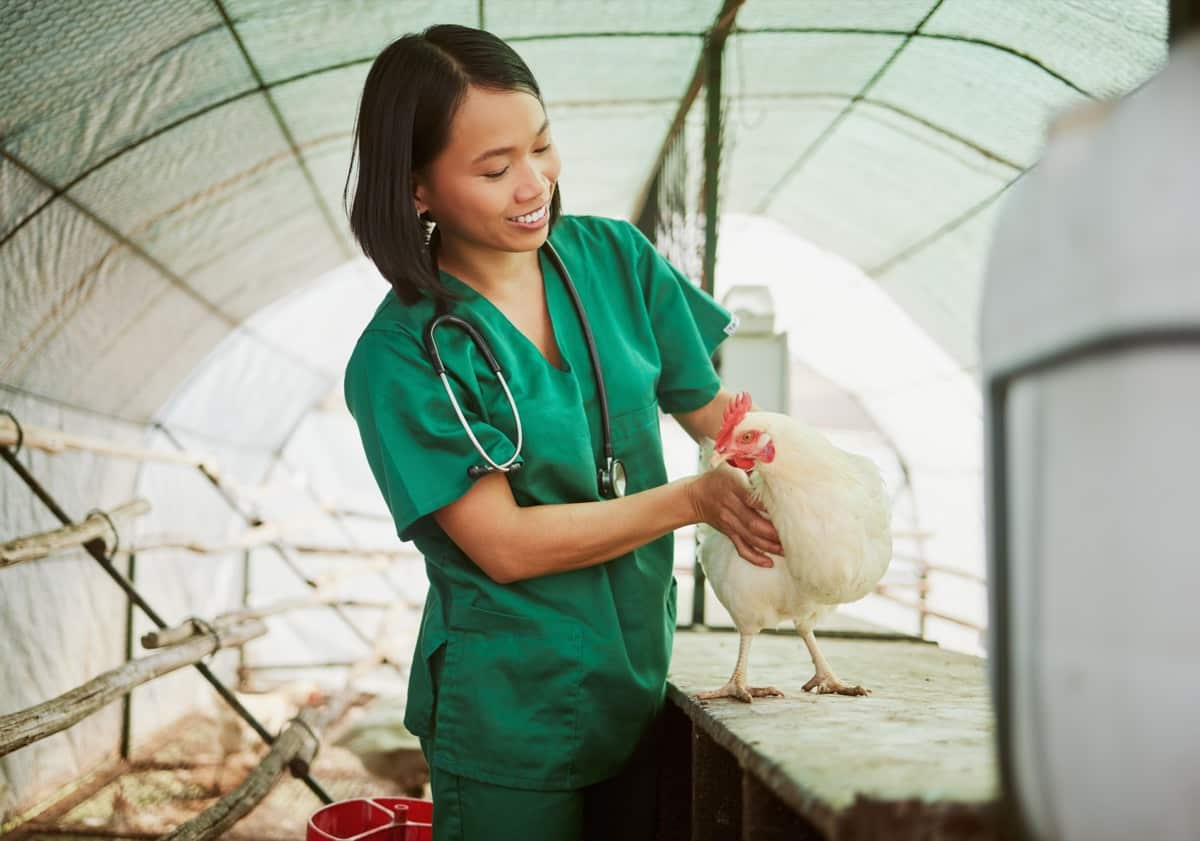Although having chickens in your backyard or farm can have many positive attributes, it is also important to realize that it is not without its share of challenges. As chicken farmers, one of the most critical issues they want to address is the health and welfare of their flocks and preventing disease from spreading among them.

Coryza is one of the diseases that should be kept in mind when it comes to chickens. Fortunately, the good news is that this acute respiratory disease of chickens can be treated, and most birds will recover after treatment. There is, however, a possibility that older birds or birds with weaker immune systems may not be so fortunate. Look at today’s articles for more information about this disease, or contact us if you have any questions about raising happy, healthy birds!
About Coryza in Chickens
What Is Infectious Coryza?
An infectious coryza infection of the respiratory tract in chickens is a fairly common infection of this part of their body. This condition is sometimes called roup, catarrh, pip, or even IC. A bacterium known as Avibacterium paragallinarum causes this disease, which was previously known as Haemophilus paragallinarum.
Although it appears to be a severe cold, it can negatively impact your farm’s sustainability and profitability. Chickens are affected by this disease all over the world, primarily pullets, laying hens, and occasionally broilers as well. The Coryza virus can affect chickens of any age group. The older the chicken, the more prone to getting it.
Infectious Coryza Incubation Period
The virus takes 1-3 days to incubate, followed by a rapid onset of symptoms over 2-3 days. The entire flock will be infected within ten days or so. If you catch the disease early enough, you might be able to isolate the infected birds from the rest of the flock. Still, it is usually futile unless you already have separated flocks for breeding purposes. You will unlikely notice anything amiss with your birds during the incubation period. Sometimes, they may be slightly off their feet, but there are no overt signs.
In case you missed it: 11 Must Haves For First-Time Beginner Chicken Owners: Checklist for Chicken Coop

What Are the Common Causes of Coryza in Chickens?
Viruses such as Coryza can be transmitted from bird to bird by bacteria in chickens. A bird carrying this bacteria spreads the disease through direct contact with other birds, airborne droplets, contaminated feed and drinking water, and direct contact with other birds. The spread of the disease cannot occur via eggs, so if an infected bird lays an egg, it will not be infected. There is, however, a possibility that chickens with this disease will decrease the production of eggs.
Infectious Coryza Clinical Signs and Symptoms
- Facial Swelling: One of the most noticeable clinical signs in chickens with Infectious Coryza. The swelling appears under the eyes, cheeks, and wattles.
- Nasal and Ocular Discharge: Due to swollen infraorbital sinus, there will be a nasal and ocular discharge, another blatant symptom of IC in birds. Chickens will sneeze and cough frequently. That would be one of the reasons to spread the organism in poultry.
- Changes in Comb: Comb becomes pale and sometimes swollen as well.
- Conjunctivitis: One of the prominent symptoms is bubbles appearing at the corner of the eyes.
- Breathing Difficulties: Breathing is labored, and you can hear some wheezing. Chickens also open their mouth when breathing.
- Lower Respiratory Tract Affected: You would know when there’s an infection in the lower respiratory tract because breathing sounds like rales or wrinkled paper.
- Change in Appetite: There’s a drop in appetite and even in drinking.
- Lethargy: Your chickens will have difficulty in walking and become very weak.
- Egg Production: Hens affected by IC will also drop egg production from 10% to 40%. More so, the eggshell will also become fragile.
- Diarrhea: Other chickens with IC will also experience diarrhea.
- Eyelids: Chickens’ eyelids with IC can become stuck together and crusty.
- Strong Odor: The organism gives off a foul smell like rotten eggs.
Infectious Coryza Treatment
Give the Right Antibiotics
Using the wrong antibiotics on your poultry may not only be inefficient. In the long run, though, it can also pose a risk to your chickens, including the development of antibiotic resistance. A veterinarian can prescribe medicine after running tests to identify the pathogens causing the disease.
In case you missed it: Step into Elegance: Discover the 9 Bantam Chickens With Feathered Feet

Among the most common antibiotics used are streptomycin, erythromycin, dihydrostreptomycin, tylosin, sulphonamides, and fluoroquinolones, which inhibit carriers. However, this also depends on the veterinarian’s choice. While these antibiotics will treat the severe infection, the birds affected will remain carriers for the rest of their lives.
Supplement Their Treatment
Provide food and water to these sick chickens suffering from Infectious Coryza. You can relieve your chickens by mixing apple cider vinegar with 4 liters of water and crushed garlic, but this tonic will not cure them.
Infectious Coryza Prevention
- Proper Sanitation: Heat, drying, and disinfection can kill IC organisms. That’s why sanitation is so important. Coop cleaning should be done at least twice a year or more. To keep your chickens warm and dry, you might have to renovate their coops if they are cold or damp.
- For a minimum of three weeks, quarantine any new chickens you purchase. Introduce them to the rest of the flock if they do not develop symptoms of Coryza (or other illnesses).
- Limit the number of wild birds on your property by using a treadle feeder, removing their nests, and favored trees, or even keeping a cat.
- ·Vaccination is somewhat effective, but it does not guarantee protection, and in some cases, carriers can remain.
- To minimize the risk of infecting your flock, biosecurity is essential. When visiting other flocks or shows, make sure you don’t wear the same boots/clothing. Bacteria can easily make their way back to your flock!
In case you missed it: A Step-by-Step Guide: How to Introduce New Chickens to Your Existing Flock

Conclusion
Coryza is a highly contagious respiratory disease with significant economic and health implications for chicken flocks. Understanding the symptoms, diagnosis, and prevention measures is crucial in effectively managing and controlling the disease. By implementing strict biosecurity measures and following appropriate vaccination protocols, poultry farmers can minimize the impact of Coryza and maintain a healthy flock.
- Feed Your Flock for Less: Top 10 Tips to Save on Chicken Feed
- Ultimate Guide to Ossabaw Island Hog: Breeding, Raising, Diet, and Care
- Hatching Answers: The Top 10 Reasons Your Chickens Aren’t Laying Eggs
- Eggs and Economics: Breaking Down the Cost of Raising Backyard Chickens
- Defend Your Greens: Proven Methods to Keep Iguanas Out of Your Garden
- Ultimate Guide to Cinnamon Queen Chicken: A Comprehensive Guide for Beginners
- Ultimate Guide to California Tan Chicken: Breeding, Raising, Diet, Egg-Production and Care
- Ultimate Guide to Marsh Daisy Chicken: Breeding, Raising, Diet, and Care
- 10 Types of Chicken Farming Businesses You Can Start for Profits